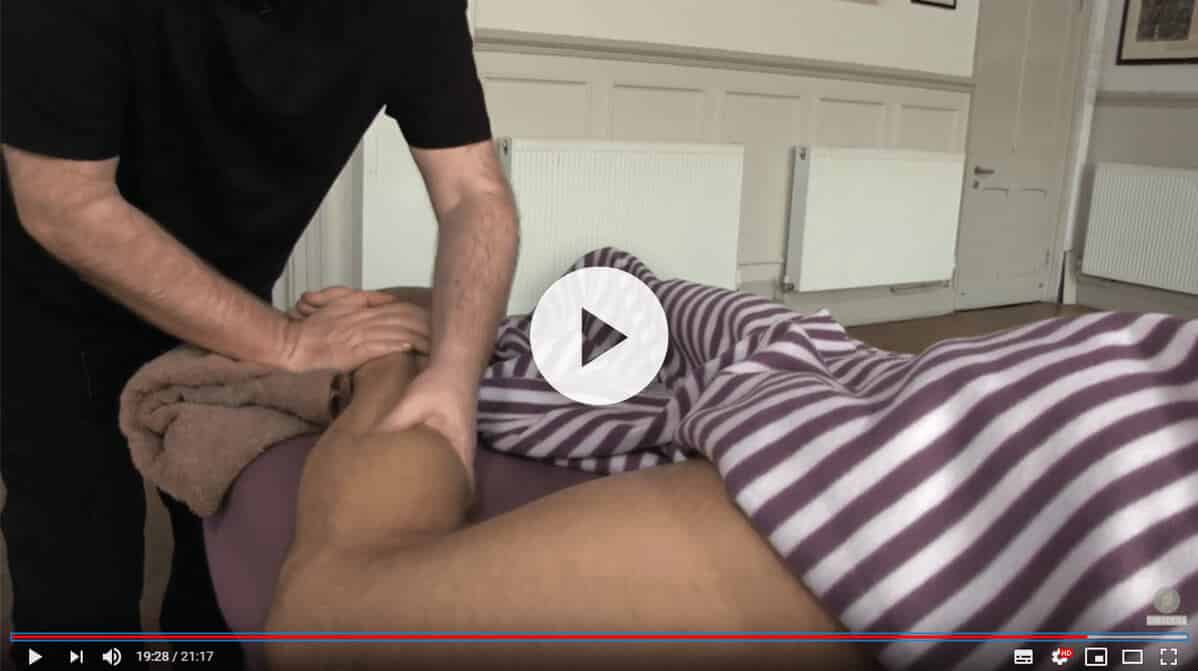I often receive enquiries from people keen to learn massage but are confused by all the differing advice and sometimes misleading information that’s out there. I have decided to address some of the common misconceptions about working as a massage therapist in the UK with this article.
Do I need to have an official qualification to be a massage therapist?
This is one of the most common questions I’m asked and I’d like to answer this as clearly as I can. In the United Kingdom there are no regulations at all for the massage industry. This means that there is no such thing as an official qualification. None! In fact someone could, in theory, read a book on how to be a Sports Massage Therapist and then open a practice calling themself a Sports Massage Therapist. They could do this without breaking any laws or regulations, because there are none. Many other countries operate in a similar fashion, like Australia, Ireland and New Zealand.
What do I need to have to start working as a massage therapist?
You really should have Professional Indemnity Insurance before you massage anyone. You also need to have great hands-on training to ensure that you are able to give a fantastic massage whilst using techniques that minimise the wear and tear on your own body. So many massage therapists have to eventually give up working because they become injured with Repetitive Strain Injury (RSI) due to poor training. As an experienced massage instructor, I am not only passionate about paving the way for students to become a massage therapist but also about showing students the correct methods and techniques that will enable you to apply amazing pressure during massage without damaging your own body.
What about an ITEC? Don’t I need to have an ITEC qualification?
ITEC is a school that offers training courses in massage. They have been around for a long time and are well established. However, an ITEC qualification is not any more official than any other qualification because there are no official qualifications. If you were looking to be employed by a company or organisation (for example a hotel spa) as a massage therapist rather than working for yourself then it’s possible that the employer might want you to have an ITEC qualification. However a different employer may require you to have a different qualification. There really is no ‘one fit all’ massage qualification that will be recognised everywhere. Its also important to understand that ITEC don’t currently teach Raynor Massage. So you would not be able to use ITEC in order to become a Raynor Massage Therapist.
As a side note, I would also recommend that you do not seek to be employed by someone as a massage therapist. The wages can be very low and the hours long. Therapist working in Spa’s and Gyms in this manner are often over worked and end up injured and stressed. In my opinion It is far better to work for yourself, either as a mobile massage therapist, working from home, or renting a space in gym or clinic that you can set up your own practise from.
People tell me I need to have an Anatomy and Physiology qualification in order to work as a massage therapist. Is this true?
Absolutely not! There are no regulations that state that you need any particular qualification, including Anatomy and Physiology, in order to be a massage therapist. There are in fact no regulations at all here in the UK.
More importantly, I genuinely don’t feel that it is important to have detailed Anatomy and Physiology knowledge in order to be a great massage therapist. These courses require that you to learn and memorise all the names of the muscles of the body in Latin! This is absolutely unnecessary. I work full time as a massage therapist and have never felt the need to discuss anything in Latin with any of my clients.
Of course there is nothing wrong with learning A&P, but it is certainly not essential. For those that have an interest in studying A&P then I recommend this online FHT accredited A&P course.
Why do some massage courses take years?
Many courses add a lot of theory and classroom studies into their massage training courses. Some include the study of Anatomy and Physiology, which can take a long time to complete. I personally feel that there is no need for this because it’s really not the best way to learn massage. For me, learning massage is about rolling up your sleeves and learning through observing demonstrations, doing massages and receiving them as well. It isn’t about studying information in books, memorising charts and learning Latin terms.
How can you teach me how to massage safely in just 5 or 10 days?
Safety is our number one priority. We teach you all the contraindications that tell you when massage should be avoided or adapted to work around someone who has a particular medical condition. We take this very seriously and it’s covered throughout the course. We also give you very clear reference material and further online training videos that cover this topic. The bottom line is this though. If you have a client that has a condition that you are unsure whether it’s safe to massage then you simply don’t proceed with treatment until further research or discussion with a doctor has happened.
We use a unique training system that was originally developed by our school and has evolved over a period of 20 years. We teach you everything you need to know to become an amazing massage therapist and nothing you don’t. Our courses are hands-on. We demonstrate massage techniques and then you receive massages that incorporate these techniques and of course you give them as well. This occurs in class every day and more areas of the body are added each day during the course. We really can teach you how to massage safely and professionally in a relatively short period of time in any one of our courses and our School has been doing so globally for 20 years.




QuestiQuestiob. I there an age linit to attend your courses ? Also I have received two new hips last year and am 73 Not sure. if I can attend. Retired in the US and working parttime